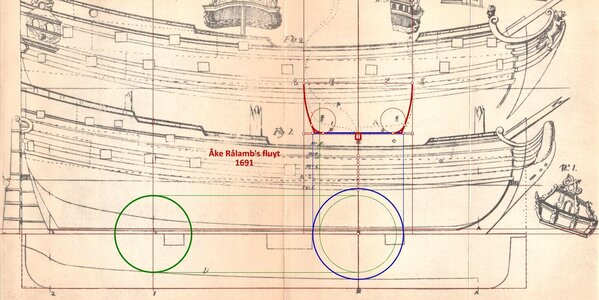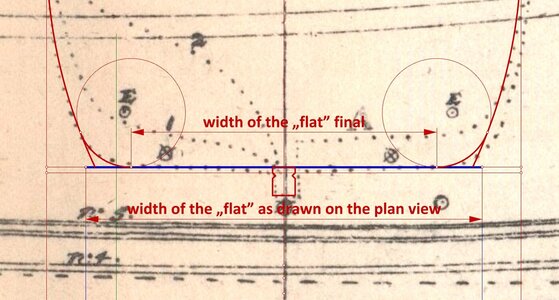.
Jules, if you think about it carefully, you will surely come to the conclusion that my interpretation does not contest Witsen's work at all. Au contraire! This makes it even more credible in this respect, taking into account almost complete lack of extant plans drawn on paper, and that for tens, maybe hundreds of thousands of ships actually built. For it's not just about the Dutch specifics, but of the entire continent.
However, let me also say that possible differences in interpretations, for example between you, Ab and me, are actually very beneficial. Without such differences, we would perhaps still be living on a flat earth floating in the primeval ocean at the center of the universe, and perhaps not even get to that stage. Although, regrettably, I see some people of the opposite general attitude, but that's already politics, which, I believe, we certainly do not want here...
Fine, I think we should stop for now, otherwise I'll never start working on the Rålamb's fluyt. It takes time...
Best wishes and see you in the next thread,
Waldemar
.





